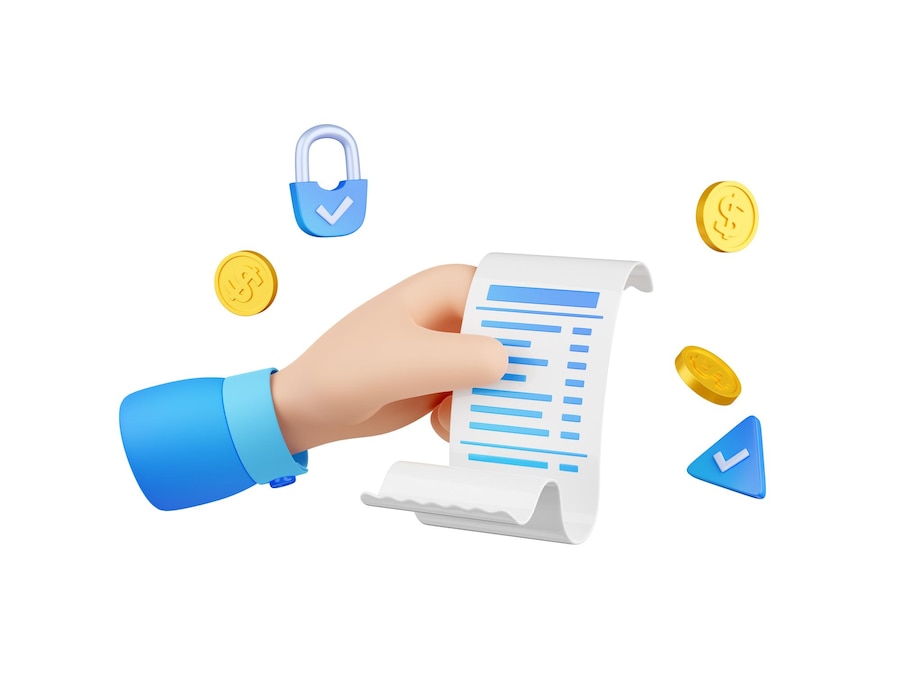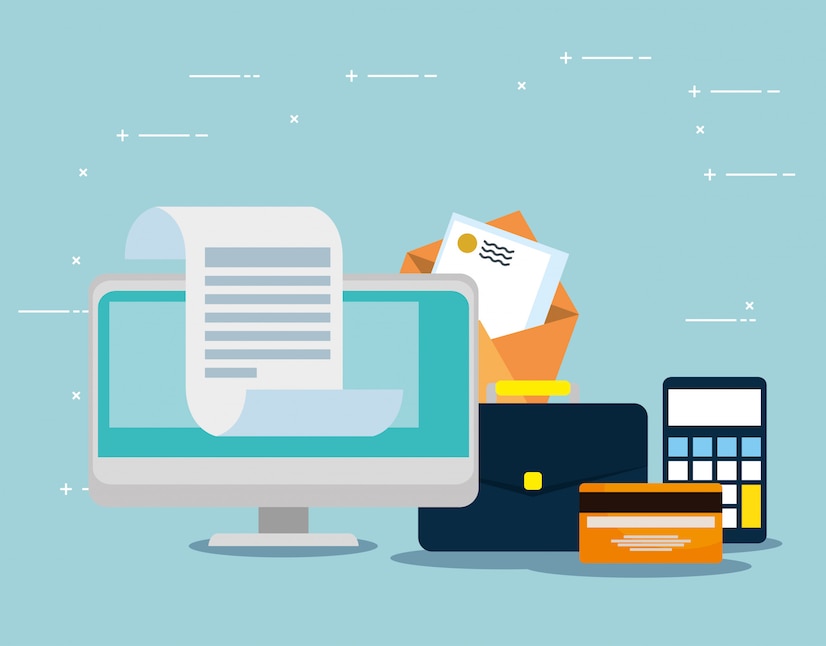In the digital age, where electronic transactions have become the norm, the emergence of fake utility invoices poses a significant threat to businesses and individuals alike. To combat this growing problem, digital forensics has become a vital tool in detecting and exposing fraudulent practices.
Metadata Analysis
Digital forensics experts rely on metadata analysis to uncover hidden clues within electronic documents. Metadata provides valuable information about the creation, modification, and transmission of files, including utility invoices. By examining the metadata embedded within these documents, investigators can determine if any discrepancies exist, such as inconsistencies in file creation timestamps, author information, or revision history.
Image and Text Examination
Digital forensics specialists employ advanced techniques to examine the authenticity of images and text within utility invoices. These methods involve scrutinizing pixel patterns, examining font characteristics, and analyzing the structure of scanned or digitally generated documents. Sophisticated software tools can detect signs of manipulation, such as image tampering or alterations to the text content.
Digital Watermarking Analysis
Digital watermarks, invisible markers embedded within electronic files, provide a unique way to identify genuine utility invoices. Forensic investigators employ specialized tools and algorithms to extract and analyze these hidden watermarks. Additionally, these watermarks can help track the origin and distribution of counterfeit invoices, aiding in the identification of fraudsters.
Network Traffic Analysis
Digital forensics plays a crucial role in detecting fraudulent activities related to the distribution and transmission of counterfeit utility invoices. Investigators can identify suspicious connections, email exchanges, or file transfers associated with the distribution of fraudulent invoices. These logs provide valuable insights into the communication channels used by fraudsters, enabling investigators to trace their activities and uncover their methods of operation.

Blockchain Technology
The emergence of blockchain technology has revolutionized the field of digital forensics in combating fraudulent activities. Blockchain provides a decentralized and tamper-resistant ledger that can be leveraged to verify the authenticity of utility invoices. By recording invoice details and transaction information on the blockchain, companies can establish an immutable record of genuine invoices, making it easier to identify and reject counterfeit ones.
Collaboration with Industry Experts
Digital forensics is a multidisciplinary field that benefits from collaboration with various industry experts. Working closely with utility companies, law enforcement agencies, and technology providers, investigators can exchange knowledge and expertise to develop effective strategies against fake utility invoices. Sharing intelligence on emerging trends, techniques, and case studies enhances the collective ability to detect and prevent fraudulent activities.

